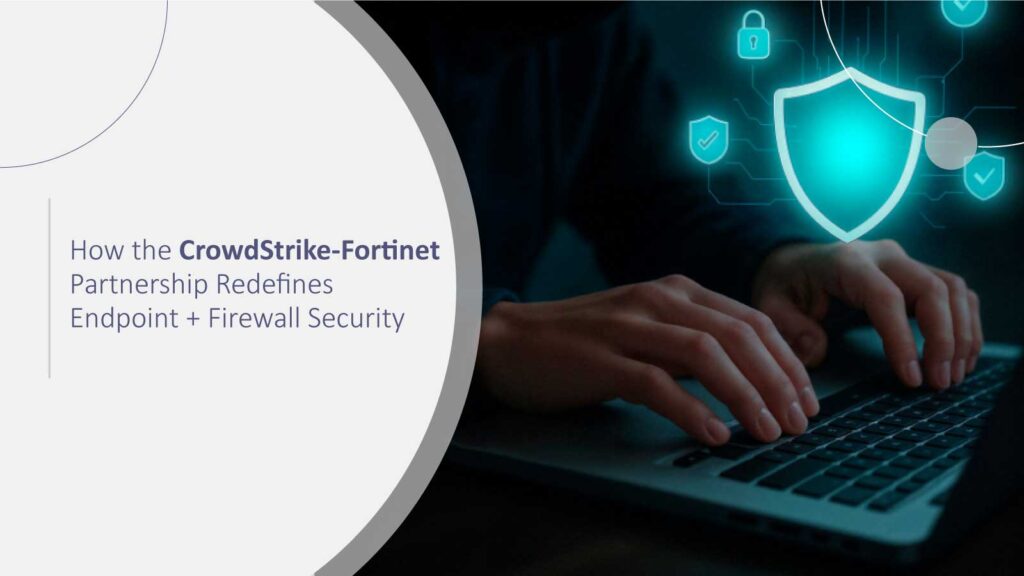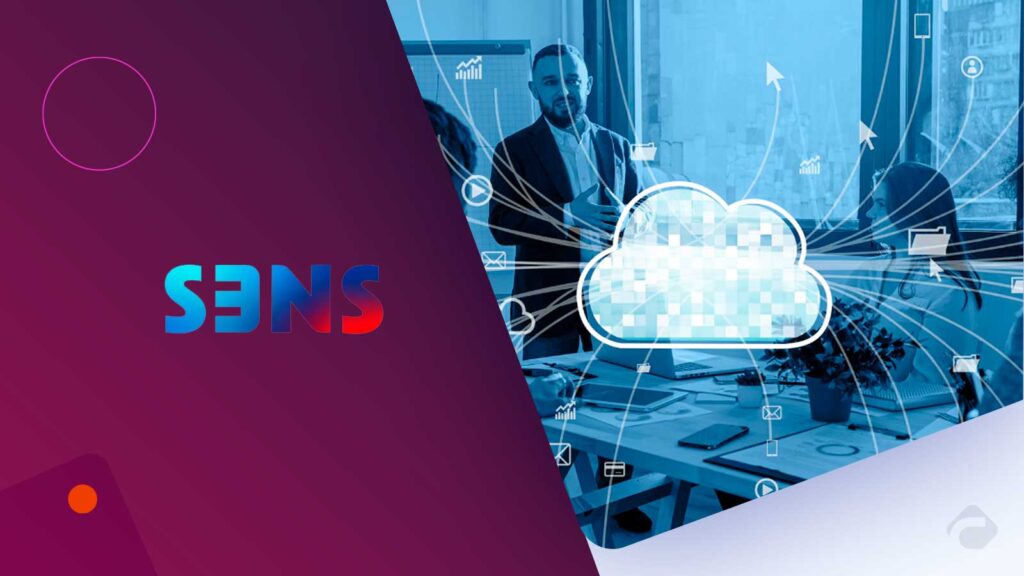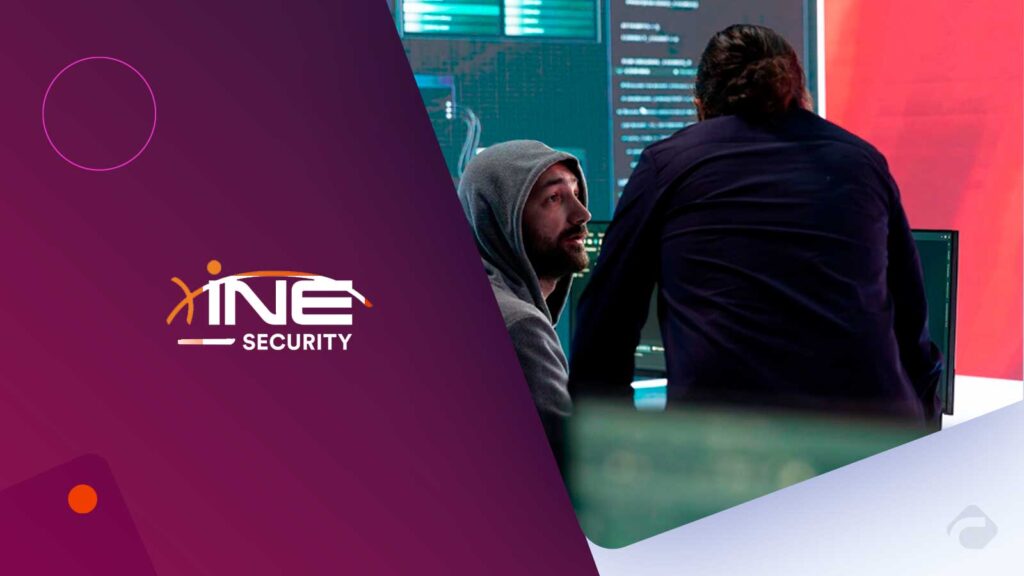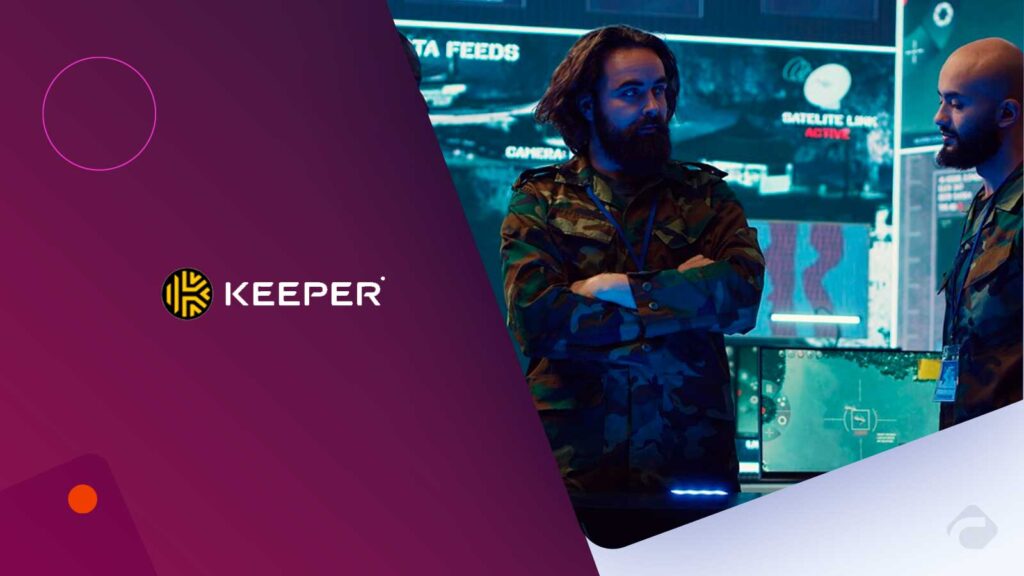Signals have always been at the core of cybersecurity. Some signals are easily noticeable, others are weak, and many remain hidden amidst the sheer volume of alerts. For security teams, the challenge is not a lack of data, but the overwhelming noise that obscures actionable signals. This is the main reason why the CrowdStrike-Fortinet collaboration is so significant. The two together synchronize and coordinate endpoint and firewall security, consequently, allowing certain signals to become louder and others to be canceled out. According to Gartner, by 2026, 75% of organizations will consolidate security vendors to reduce operational complexity, compared to 25% in 2022.
If you are a CISO, a security architect, or just a curious techie who has been following the trend, you are well aware of the gravity of the situation. The bad guys are getting quicker, the instruments are more complicated, and the teams are under a lot of pressure to react instantly. This partnership will definitely make that scenario less complicated: by integrating CrowdStrike Falcon’s AI-driven endpoint security with Fortinet’s FortiGate next-generation firewall, enterprises will have both visibility and quicker intervention in one place.
So how would this partnership translate in the real world of business? Instead of throwing terms at you, I’ll explain it in simple words.
Why This Partnership Matters Now
Nothing beats perfect timing when it comes to cybersecurity. The CrowdStrike – Fortinet collaboration is not a chance encounter; it is a reaction to the two most important market changes.
1. The speed of attacks is faster than the speed of notice by human eyes.
A software development company conducted research that found that the average time from an intruder’s initial breach to lateral movement is under 20 minutes. That’s quicker than most security teams’ reaction time of even being able to acknowledge an alert. Unusual activities on a laptop might be detected by endpoint security, while a firewall would discover strange traffic habits. Yet when there is an information exchange between these two devices, the hackers are left with no dark spot to exploit. According to CrowdStrike’s 2024 Global Threat Report, adversaries’ breakout time, the time between initial intrusion and lateral movement, is now 79 minutes on average, with some groups moving in under 20 minutes.
2. The market is moving towards the adoption of XDR.
Extended Detection and Response (XDR) is no longer just another buzzword but a synonym for the industry’s stance on the matter: don’t keep managing isolated point tools with no interoperability. According to one analyst, enterprises are looking for connection points where endpoints, firewalls, cloud workloads, and identities all interact with each other. The collaboration between CrowdStrike and Fortinet is in line with this demand, as it results in the coming together of the two best-in-class solutions without any stitched-together feeling. Forrester predicts that by 2025, 60% of enterprises will adopt XDR solutions to unify detection and response across endpoints, networks, and cloud workloads.
The movement can be compared to transitioning from perusing two distinct crime reports to viewing one combined case file. The background becomes more understandable, the timeline is clearer, and the decision-making is quicker.
How the Integration Works
So, what is really going on behind the scenes? Here’s a simplified version:
Data from different Telemetries is combined. The logs from the FortiGate firewall and the signals from the FortiClient ZTNA (Zero Trust Network Access) are both sent to the CrowdStrike Falcon. In this way, event data of the firewall, such as blocked traffic or suspicious connections, is “enriched” with endpoint context, for example, the process, user, and file involved.
Decisions on access are made on the basis of risk. When Falcon discovers that a device is risky – perhaps that it has unpatched software or strange process behavior, this info will inform FortiGate’s ZTNA. Access can then be changed on the spot in real-time: limited, revoked, or granted based on the current endpoint’s condition.
Unified SOC workflows. Actions that used to span both environments and require different workflows can now be done by a single workflow. What if you could isolate an infected laptop with Falcon and, at the same time, block the network through FortiGate that has just been released? Seamless operations without the need to switch between multiple consoles. McKinsey research shows that automation in security operations can cut incident response times by up to 70%, freeing analysts to focus on higher-value tasks.
Additionally, both vendors have robust marketplaces with numerous integrations. This partnership seamlessly plugs into existing SIEM/SOAR setups while maintaining uninterrupted automation workflows.
If you’ve ever participated in an incident response drill requiring switching between multiple consoles, you’ll appreciate how this design streamlines operations.
What Security Teams Actually Gain
Cybersecurity partnerships sound great on paper, but what reality do they imply? Here are the benefits that the security leaders and teams can easily grasp:
Less noise, better alerts. By endpoint context enrichment of firewall data, the number of false positives can be reduced. That way, the analysts get to focus on real threats rather than wasting their time on false ones. The IBM Cost of a Data Breach Report 2024 found that organizations using AI-driven threat detection reduced breach lifecycles by 108 days on average compared to those without AI tools.
Investigations become faster. Unified telemetry is one of the factors that can significantly shorten the tracing time, “who, what, where” of the incident.
Dynamic zero-trust model. Rather than having fixed access rules, ZTNA will now react to the current health of the endpoint. If a device looks suspicious, access will be tightened automatically.
Better SOC ergonomics. Using a single pane of glass will reduce the number of clicks, screens, and swivel-chair fatigue for analysts.
Future-proof investments. This is not a rip-and-replace scenario. Companies keep both their Fortinet firewalls and CrowdStrike agents, but gain the additional value through integration.
Real-World Use Cases
Here’s how this integration plays out in practical, day-to-day scenarios.
Scenario 1: Finance Firm in New York
One of the employees at the company is shocked to see that his laptop is showing some processes operating while he doesn’t have a clue about what these processes are. At the same time, FortiGate has detected some strange outgoing traffic to an unknown website. Alone, these occurrences might be nothing more than two minor events. So, what if they were connected? Falcon is naming this type of assault as one of a concerted nature, and then it is ordering FortiGate to go ahead and block the device access. There is a high chance that the SOC will have to be there a long time, but they’ll nonetheless cause the incident to be contained in a minimum amount of time.
Scenario 2: Retail Chain During a Sales Event
On the one hand, the management is extremely overwhelmed, and on the other hand, the network traffic is reaching its highest point. FortiGate detects the unauthorized data exchange that is occurring between POS terminals. Falcon is making the work easier by providing information about the present condition of the endpoint, which has fallen into the hands of the attackers. The terminal with the suspicious connection is cut off whilst the disruption during a very important sales period is handled.
They are not over the top in any way; the cases just illustrate and emphasize the need for rapidity and coordination, which are the main characteristics of modern attacks.
Implementation: Where to Begin
Are you thinking of how you can start the process of setting up this integration?
Here’s a practical first-step checklist to implement the integration:
Activate the connector. Take the FortiGate data flow from CrowdStrike Marketplace to integrate Falcon.
Generate risk signals. Choose the endpoint behavior (for example, unpatched OS, malware detections, abnormal processes) that shall result in ZTNA responses.
Set up playbooks. Workflows should be automated: isolate the device in Falcon → block at FortiGate → SOC be notified. Preliminary check. Launch the pilot group as a trial, measure response time, and then get bigger.
Train the SOC analysts. Be sure that they know the correlated alerts and the quick decision they have to make.
Assess the success. Keep a record of parameters such as the shortest time to identify (MTTD), fastest time to respond (MTTR), and false alarm rates.
The benefit is clear: there’s no need to rebuild infrastructure organizations can enhance existing systems with proven intelligence and workflows. All they are doing is upgrading it with intelligence and processes that have been proven to work already.
Strategic Value for Leaders
This alliance means a lot to CIOs, CISOs, and procurement teams as it is, at the same time, a security and business victory:
- Operational efficiency. The alert triage takes less time, and the team is thus able to focus on the implementation of strategic initiatives.
- Reduced risk exposure. Threat detection and the use of adaptive access as the attacker’s window of opportunity gets shortened.
- Investment protection. Both products are leaders of their respective categories; thus, you are not putting your money on a few niche tools that can disappear in the future.
- Competitive alignment. XDR and ZTNA have become topics of conversation not only in technical circles but in executive boardrooms as well. This integration is turning your company into a frontrunner.
In other words, this integration is not just a technical achievement; it’s a business enabler.
Conclusion: A New Standard in Unified Defense
The CrowdStrike – Fortinet partnership is not about jargon or nice words on the marketing brochures. It deals with supplying defenders with the very clarity that they lacked. The joining of endpoint intelligence with firewall enforcement results in the availability of quicker insights, more efficient security operations, and the implementation of adaptive defenses for security teams.
For a professional who receives an overwhelming number of alerts and a tech lover who is witnessing the future of cyber defense at the very moment this collaboration occurs, it is a turning point. It proves that when top vendors stop fighting over “who controls the console” and instead start sharing signals, the result is a win for everyone except the attackers.
If your plans involve endpoint detection, XDR, or zero-trust access, then now is the perfect moment to look at this integration. Not only is it a mere update, but also a complete redesign of how network and endpoint defenses are to coordinate with each other.
FAQs
Q1. What is the main advantage of the CrowdStrike – Fortinet integration?
The coming together of the two makes it possible to have data from the endpoint and the firewall in one place. This allows quicker detection, the use of adaptive zero-trust access, and the execution of coordinated response actions.
Q2. Does it replace existing firewalls or endpoint agents?
It is not. The integration is based on the FortiGate firewalls and the CrowdStrike Falcon agents, two products that are already there, and it just adds more intelligence and workflow automation without the need for ripping and replacing.
Q3. How does it improve zero-trust security?
The feature of the tool is that it makes risk-based access possible. For instance, if Falcon identifies a device as risky, FortiGate will automatically implement a stricter ZTNA policy in real time.
Q4. Who benefits most from this integration?
The beneficiaries of this integration are the teams working on SOC, network administrators, and security leaders who require quicker investigations, fewer false positives, and stronger access control.
Q5. Is this partnership aligned with industry trends?
Indeed. The XDR and ZTNA are the top concerns for enterprises, as confirmed by the analysts. This integration is where the organizations are positioned to be in front of attackers and compliance demands.
For deeper insights on agentic AI governance, identity controls, and real‑world breach data, visit Cyber Tech Insights.
To participate in upcoming interviews, please reach out to our CyberTech Media Room at sudipto@intentamplify.com.







